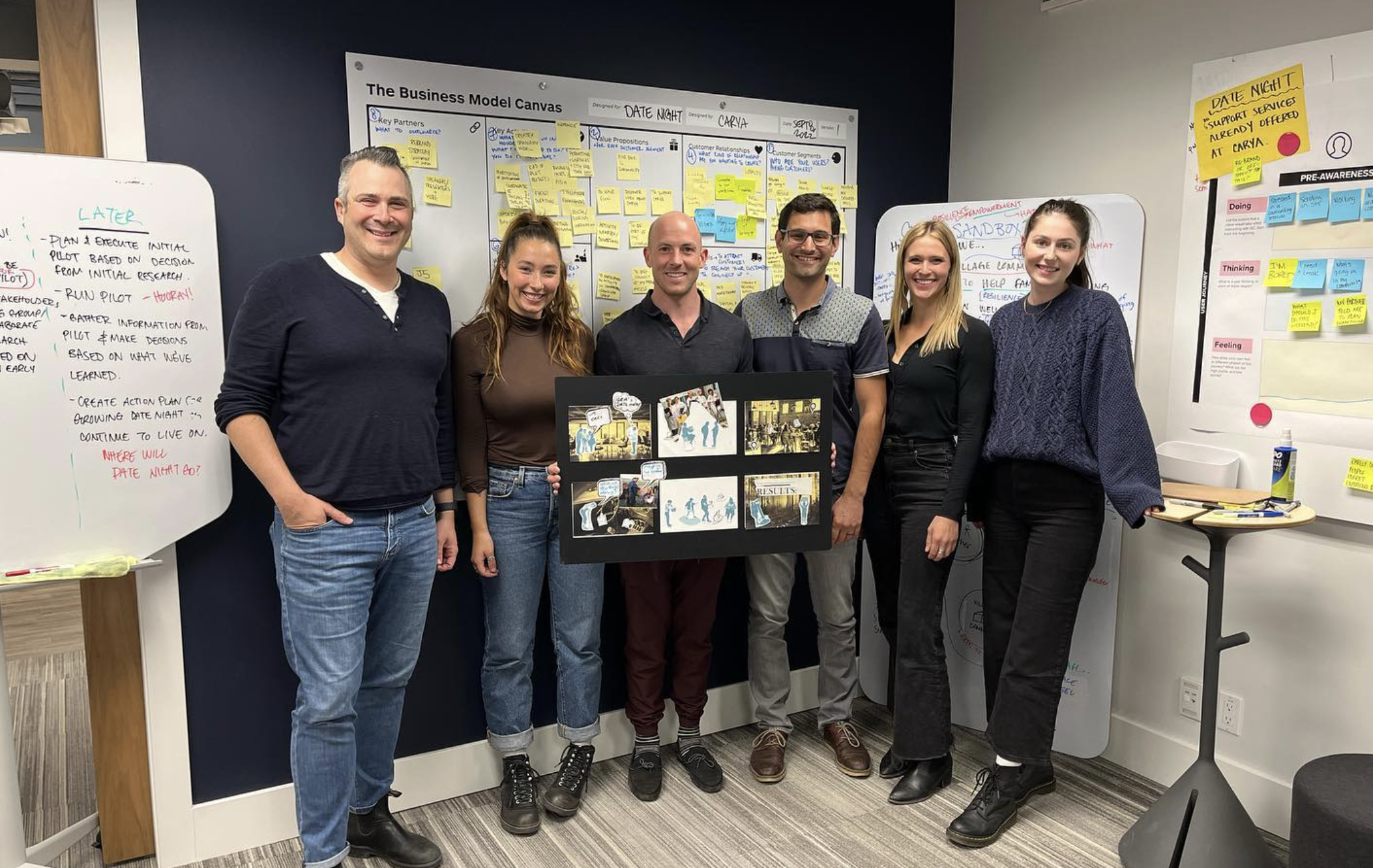Effective allyship as a designer.
When I was in my undergraduate degree, a professor once told me that effective allyship meant knowing when to stand in front, when to stand beside, and when to stand behind the people who you aim to support. While this is a common expression to describe what it means to be an ally, it has also shaped my thinking around what it means to be a designer.
As a designer, my job includes creating services that are impactful and sustainable, but most importantly that solve a problem for the community that they serve. In order to do that in a responsible way, it is essential that designers work consistently and closely with the people who we are designing for. The challenge is that the way we work with people changes based on the needs of specific projects.
To stand in front, in the context of design work, is to take on the work that our customers and users cannot do themselves. During my work on The Market, a project that focused on cultivating food security in Calgary, my team stood in front of the people we were solving for. We spoke to people who were experiencing food insecurity about their needs, we tested our solution with them, and then we built and ran a fairly robust prototype of our concept. Our team took on the bulk of the work because the people we were designing for experience barriers that limit their ability to run solutions like ours. We stood in front because we had access to the people, resources, and time that it took to develop this solution and the people who we were designing for did not.
To stand beside is to show up in solidarity, as part of a team. Planet Youth, a project focused on cultivating youth wellbeing in Calgary and the surrounding area, is a good example of this. My team stood beside our customers to create a robust and dynamic system of support. We worked with several partners across Calgary, as a team of problem solvers, with each of us playing a different but important role.
To stand behind is to be a pillar of support. It is to help your customer or users get where they are going, not as a partner but as a helping hand. In my work in Inspire, The Social Impact Lab’s capacity building and design thinking program, my team stands behind our clients. We focus on helping teams make their own plans and execute them independently with access to consistent support.
When I reflect on what it means to be a designer and to work at J5, there is no right answer about where or how you stand with your clients and the people you are serving. Instead, we embrace the ambiguity that is inherent in design. If we always stand in front, then we miss the opportunity to amplify the work or to utilize the skillsets of the people around us. If we only stand beside, then projects can falter, lacking clear direction or accountability. If we only stand behind, then we miss the chance to utilize our unique skillsets to advance the work in different ways. There is a time and a place for different types of engagement.
From my perspective, the responsibility of designers is to identify the right path forward with the people around you and to rise to the unique challenges that that path offers.


